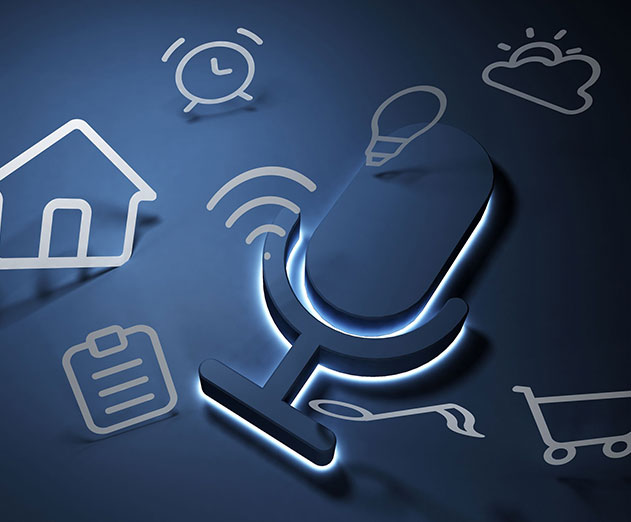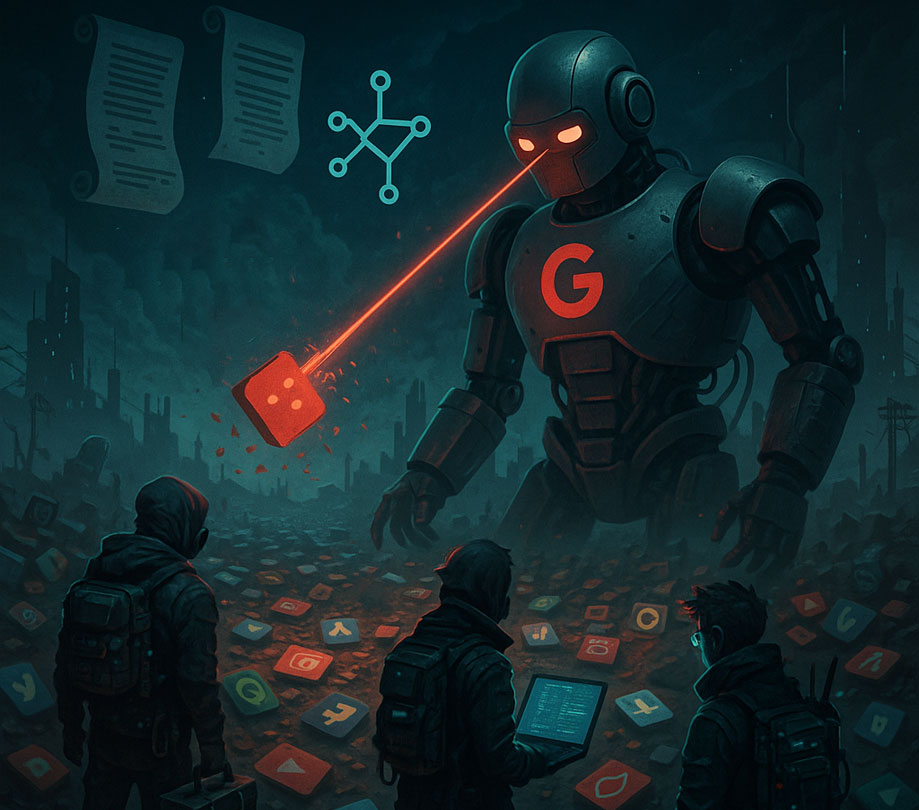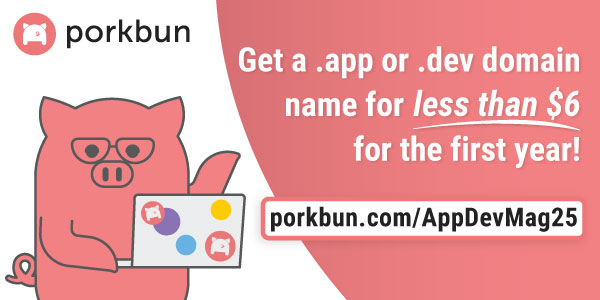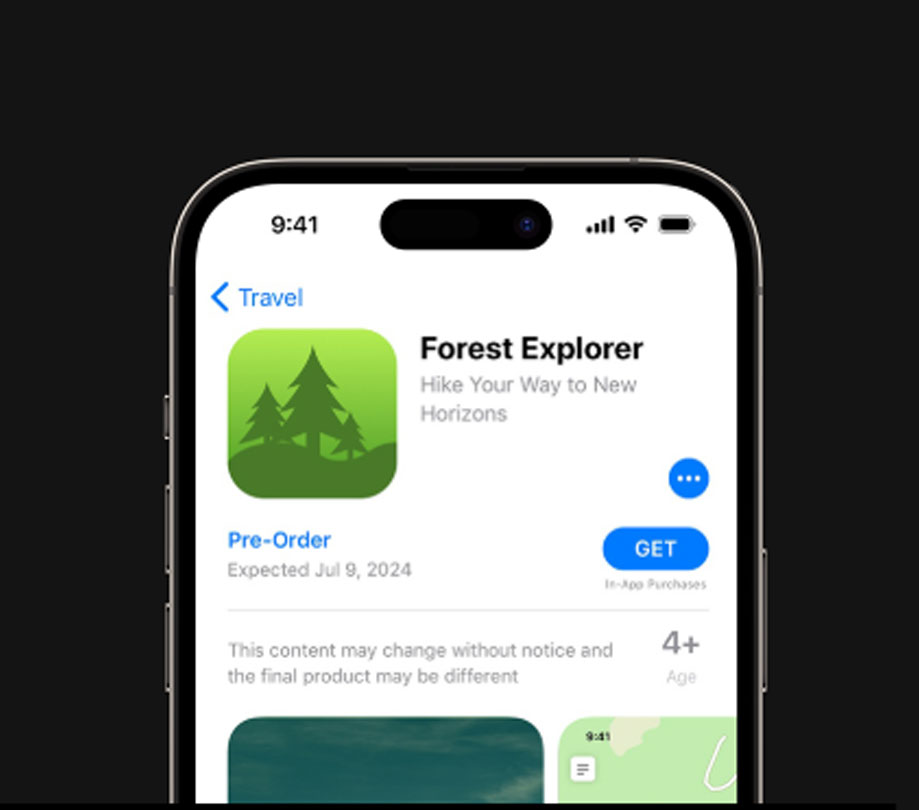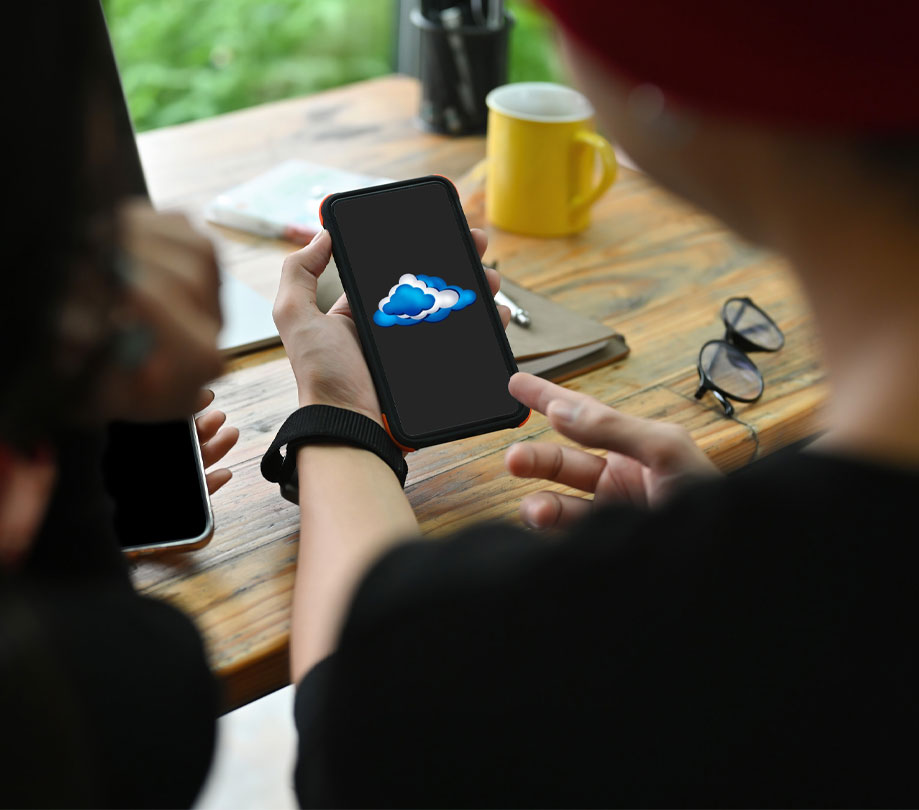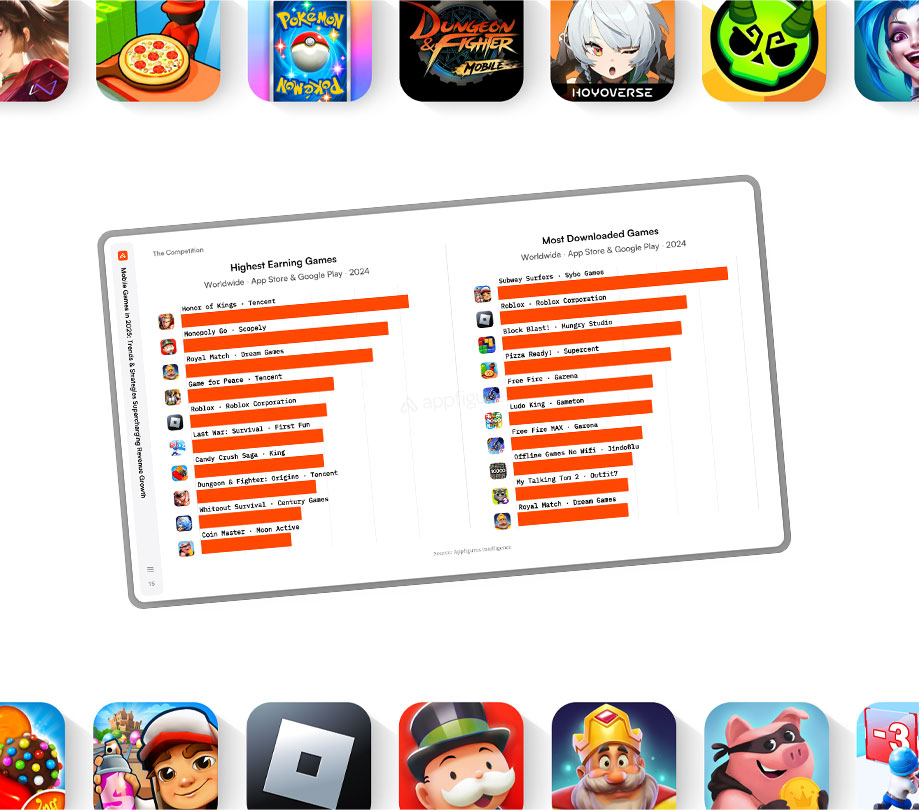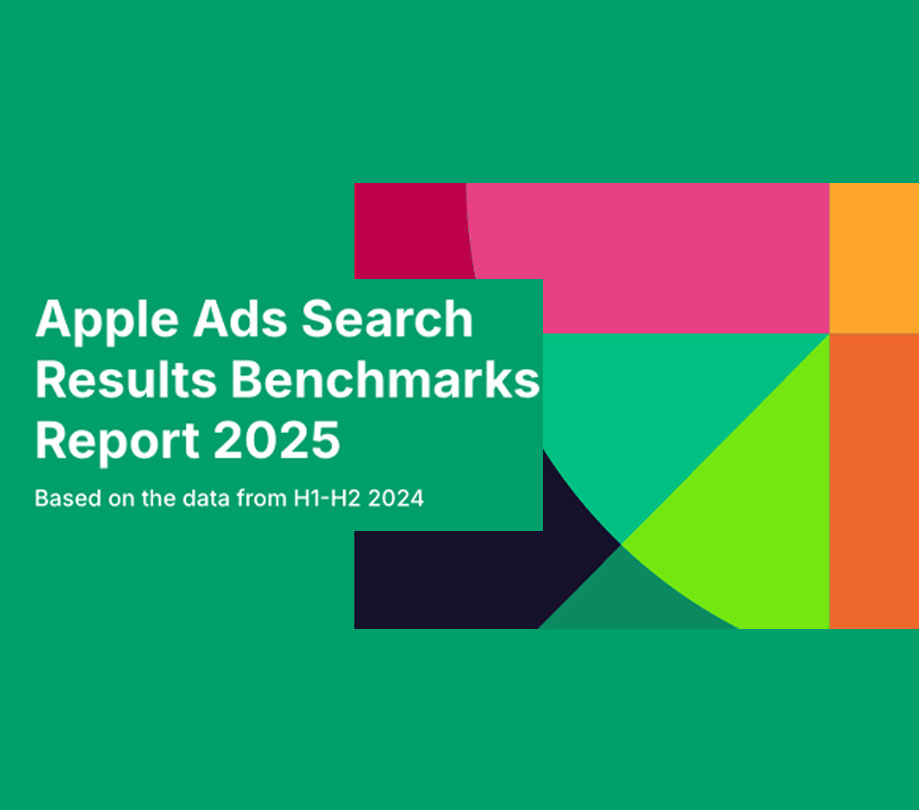How developers can break the IoT language barrier
Saturday, July 29, 2017

|
Richard Harris |
How two-way voice-user interface technology will become increasingly important in the future of IoT.
Relationships aren’t successful when only one person is talking. A true relationship is a real, two-way conversation with both people initiating informal interactions. However, to get to a level of informality, you need context. Now imagine this relationship with your technology.
When your basement floods, the home owner is alerted about the flood by a connected device, and asked if they would like to turn off the lights. Context is key here in knowing where the issue is happening, what the issue is, and what the solution should be. Formal conversations with devices do not have this learning aspect, and therefore they can’t offer solutions to the user. That's why a two-way relationship between a user and their technology, prompted by voice, is going to become more and more important in IoT going forward.
That's why we sat down with Jim Hunter, Chief Scientist & Technology Evangelist, Greenwave Systems, to learn more about the facility of turning IoT into a two-way conversation. Take a look:
Hunter: Voice control alone is narrow minded. You’ve got to go bigger - it’s about conversation and being able to speak with your home as you would a person: tweet at it, or send it a message for an action. This form of conversational technology is coming, albeit slowly. The same way Alexa can be used by developers to grant control, this new approach can be used by developers to start a conversation. The technology can be used through a common model. Consider Things as people. This change in mindset presents an opportunity for our processes and things to mirror the way we work with the people in our lives. In a company, a CEO does not address every employee over every single action needed, nor does every employee address the CEO directly about every change they see. Instead, managers are able to coordinate actions and events based on a broader knowledge of all devices under its management.
Hunter: The best way to bridge the usability gap, is to think about machines, technology, and things in general as employees from the beginning. When you change that perspective, then you start to realize that if you model these things in the same way that organizations operate, you begin to understand hierarchal relationships between multiple machines and processes. You realize the need for managers to up-level summary reports, you realize the need to delegate tasks through a controlling manager, and most importantly, you realize the proper way a machine should communicate with the human. Imagine the human as CEO of the company, then the things, machines and processes as employees. Now think about the services you use to communicate with your employee - common communication channels like voice, email, social and text all start to become relevant. You can even expand that into "health" services like maintenance and upkeep. Best of all, this means that the human does not have to learn the machine. Instead, they use the same ideology to communicate with their machine employees, that they use with their friends, family and real employees.
Hunter: Thing association groups (TAGs) are not a new concept; in fact, we use them all the time. We’re not supposed to label people and groups, but we do, such as a colleague or friend. The same goes for objects: this is for reading, eating, or driving. Twitter hashtags are another way to group together thoughts and ideas. This form of syntax can be easily applied to how we manage technology and connected devices. By creating rules for how devices should act, we can set a scene or react to a change in surroundings. When this happens, we do this and that. For example, you could set a rule for your house to have all outside lights turn on at dusk and off at dawn. You’re creating usable and relevant interactions, changing the relationship between people and things.
Hunter: For tagging to work effectively, you have to have the right architecture to support abstracted object relationships. For example, traditional fixed column data structures expose inefficiencies when you can associate any number of tags to any object, and add and remove tags as needed to change the relationships. Additionally, tags open up the need to architect solutions much like social media, where views, actions, events are all query based. That is, the changing of a tags relationship should be a key subscription parameter that raises events so that views and actions are updated automatically.
Hunter: Tags are employed now in emails (Gmail), file system management(Mac OS) and social(# in Twitter, Instagram). The traditional IoT thing organization is very geographically based. That is, a thing is in a given location. This is a key search parameter for that thing - the simple context of where (ex. The sensor is in the room). When used in that way, there is an unhealthy architectural assumption made by engineers that context is singular. That is, a sensor can only be in one place, so it can only exist in one place. This leads to a simple and limited "file/folder" type association we see in many systems. Instead, tags offer the ability for all stakeholders to express a plurality of context and relevance on any and all objects. For a tweet, I can add any number (message size notwithstanding) of made up hashtags that will set the relevance of that tweet, and update the query/views of the tweets that contain the same hashtag.
Jim Hunter is the Chief Scientist & Technology Evangelist for Greenwave Systems, an international provider of IoT software and services partnering with Verizon, E.On, TCP, NXP, IBM, among others. He is responsible for oversight of technology, architecture and innovation of the company’s award-winning AXON Platform. Jim is a highly regarded IoT educator and inventor, having created and patented several technologies that played a major role in driving the smart, connected future. Prior to the advent of the connected home, Jim served in the US Navy as a Nuclear Engineer and Nuclear Certified Instructor.
When your basement floods, the home owner is alerted about the flood by a connected device, and asked if they would like to turn off the lights. Context is key here in knowing where the issue is happening, what the issue is, and what the solution should be. Formal conversations with devices do not have this learning aspect, and therefore they can’t offer solutions to the user. That's why a two-way relationship between a user and their technology, prompted by voice, is going to become more and more important in IoT going forward.
That's why we sat down with Jim Hunter, Chief Scientist & Technology Evangelist, Greenwave Systems, to learn more about the facility of turning IoT into a two-way conversation. Take a look:
ADM: How can it be used by developers?
Hunter: Voice control alone is narrow minded. You’ve got to go bigger - it’s about conversation and being able to speak with your home as you would a person: tweet at it, or send it a message for an action. This form of conversational technology is coming, albeit slowly. The same way Alexa can be used by developers to grant control, this new approach can be used by developers to start a conversation. The technology can be used through a common model. Consider Things as people. This change in mindset presents an opportunity for our processes and things to mirror the way we work with the people in our lives. In a company, a CEO does not address every employee over every single action needed, nor does every employee address the CEO directly about every change they see. Instead, managers are able to coordinate actions and events based on a broader knowledge of all devices under its management.
ADM: What’s the best way to bridge the gap between what humans say and what machines interpret?
Hunter: The best way to bridge the usability gap, is to think about machines, technology, and things in general as employees from the beginning. When you change that perspective, then you start to realize that if you model these things in the same way that organizations operate, you begin to understand hierarchal relationships between multiple machines and processes. You realize the need for managers to up-level summary reports, you realize the need to delegate tasks through a controlling manager, and most importantly, you realize the proper way a machine should communicate with the human. Imagine the human as CEO of the company, then the things, machines and processes as employees. Now think about the services you use to communicate with your employee - common communication channels like voice, email, social and text all start to become relevant. You can even expand that into "health" services like maintenance and upkeep. Best of all, this means that the human does not have to learn the machine. Instead, they use the same ideology to communicate with their machine employees, that they use with their friends, family and real employees.
ADM: What are (TAGs) and how do they fit in here?
Hunter: Thing association groups (TAGs) are not a new concept; in fact, we use them all the time. We’re not supposed to label people and groups, but we do, such as a colleague or friend. The same goes for objects: this is for reading, eating, or driving. Twitter hashtags are another way to group together thoughts and ideas. This form of syntax can be easily applied to how we manage technology and connected devices. By creating rules for how devices should act, we can set a scene or react to a change in surroundings. When this happens, we do this and that. For example, you could set a rule for your house to have all outside lights turn on at dusk and off at dawn. You’re creating usable and relevant interactions, changing the relationship between people and things.
ADM: What limitations, if any, are associated with TAGing devices?
Hunter: For tagging to work effectively, you have to have the right architecture to support abstracted object relationships. For example, traditional fixed column data structures expose inefficiencies when you can associate any number of tags to any object, and add and remove tags as needed to change the relationships. Additionally, tags open up the need to architect solutions much like social media, where views, actions, events are all query based. That is, the changing of a tags relationship should be a key subscription parameter that raises events so that views and actions are updated automatically.
ADM: How do TAGs differ from other organizational structures?
Hunter: Tags are employed now in emails (Gmail), file system management(Mac OS) and social(# in Twitter, Instagram). The traditional IoT thing organization is very geographically based. That is, a thing is in a given location. This is a key search parameter for that thing - the simple context of where (ex. The sensor is in the room). When used in that way, there is an unhealthy architectural assumption made by engineers that context is singular. That is, a sensor can only be in one place, so it can only exist in one place. This leads to a simple and limited "file/folder" type association we see in many systems. Instead, tags offer the ability for all stakeholders to express a plurality of context and relevance on any and all objects. For a tweet, I can add any number (message size notwithstanding) of made up hashtags that will set the relevance of that tweet, and update the query/views of the tweets that contain the same hashtag.
About Jim Hunter
Jim Hunter is the Chief Scientist & Technology Evangelist for Greenwave Systems, an international provider of IoT software and services partnering with Verizon, E.On, TCP, NXP, IBM, among others. He is responsible for oversight of technology, architecture and innovation of the company’s award-winning AXON Platform. Jim is a highly regarded IoT educator and inventor, having created and patented several technologies that played a major role in driving the smart, connected future. Prior to the advent of the connected home, Jim served in the US Navy as a Nuclear Engineer and Nuclear Certified Instructor.

Become a subscriber of App Developer Magazine for just $5.99 a month and take advantage of all these perks.
MEMBERS GET ACCESS TO
- - Exclusive content from leaders in the industry
- - Q&A articles from industry leaders
- - Tips and tricks from the most successful developers weekly
- - Monthly issues, including all 90+ back-issues since 2012
- - Event discounts and early-bird signups
- - Gain insight from top achievers in the app store
- - Learn what tools to use, what SDK's to use, and more
Subscribe here


